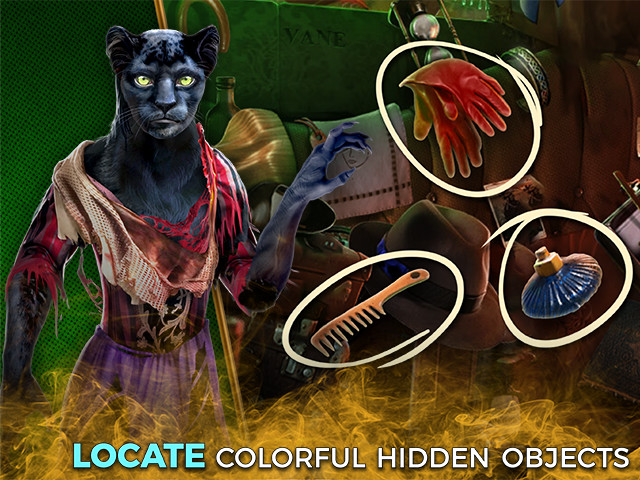

We slip up occasionally but, all in all, we know what we ought to do. We try to be inclusive and diverse, and usually, pat ourselves on the back when we do so successfully. When it comes to addressing issues like stereotypes in literature, it is easier to be careful with human and human-like characters. How far should we go? When does political correctness overlap uneasily with censorship? These are questions that could find beginnings of answers here, for I am trying to challenge the very foundation of this correctness.

The idea of being politically correct is itself, of course, debatable. Monsters and humans bring out two sides of our relationship with political correctness. Deceptive and treacherous, Tash is the one who leads people away from the true path. As the narrative moves on, Tash, the false god, is described as a horrible Monster, an evil grey creature, worshipped by dark men with beards, in contrast with the golden Aslan, followed by fair-headed Narnians. Lewis describes the monstrous Tash as the colour of smoke. Moving away from the Indian context, in The Last Battle, the final book in the Chronicles of Narnia, C.S. I am also quick to point out that pictures that portray rakshasas as blue are typically euphemistic, for blue stands for the darkness of a thundercloud, and yes, a thundercloud is black. Asuras like Maricha appear like black clouds. Rakshasas and asuras in comics spring to mind – pot-bellied and dark-skinned. Most illustrations of death and the devil in childhood tales are black, male and scary, while angels are white. Yet, does the fact that the monster finds pink funny rather than fearsome reflect our own conditioning?Ĭonditioning begins with the very first picture books we read. Can a pink monster be at all scary? Must it be darker to create terror? Surely not, for ghosts are white. Often, lighter-coloured monsters are less frightening, bordering on harmless and funny rather than dangerous. Yet, a question that came to mind as I read the story was, once again, about skin-tones. The monster finds the distinction between the two silly. Most wonderfully, there is a moment when Karma realises that looking scary is not a crime – and this is an important step towards breaking the link we continually build between character and appearance.Īnother delightful monster is the nameless one in Moin And The Monster, for it is neither masculine nor feminine. While the idea of deception, which is often associated with monsters, remains, Miss Charmy, when she removes her human guise, reveals that she is a shark, rather than a fat, ugly creature. Secondly, the monster’s physical appearance is unique. For one, I loved the fact that the main monster is female-we need modern female monsters. As I read on, I continued to be delighted by Karma Tandin’s first adventure. Especially as the popular imagination of children is often constructed by illustrations rather than text, I found the whiteness of the monster particularly relevant. I picked up the book because I was intrigued by the frightening white monster on the cover. Recently, I read Evan Purcell’s Karma Fights A Monster, and my heart rejoiced for here was a monster I longed to see in children’s literature.

Picture books and fairy tales form the bedrock of how we imagine monsters. The monsters children create show us that stereotypes, instead of disappearing, have just been pushed deeper into our sub-conscious thanks to our attempts to be politically correct. Nothing makes this more apparent than monsters. This diversity is crucial to the age-old good versus evil battle, but the journey ahead remains a long one.
#Fighting the monster within plus
We have beautiful, wicked witches and ugly, good wizards, plus everything in between. This variety extends to human-like characters, too. Human beings are diverse, and literature has worked hard at creating a range of characters from stunningly good-looking villains, both male and female, to protagonists who are not physically beautiful. They let their imaginations go wild and come up with ugly, beastly creatures that want to take over the world. The children soon get into the spirit of creation. I usually begin, “The monster was thirty feet tall …” Inspired by an activity I came across online, I invite children to create a monster together. At a Writers’ Club I conduct for pre-teens at a school in Pune, we often play versions of a monster game.


 0 kommentar(er)
0 kommentar(er)
